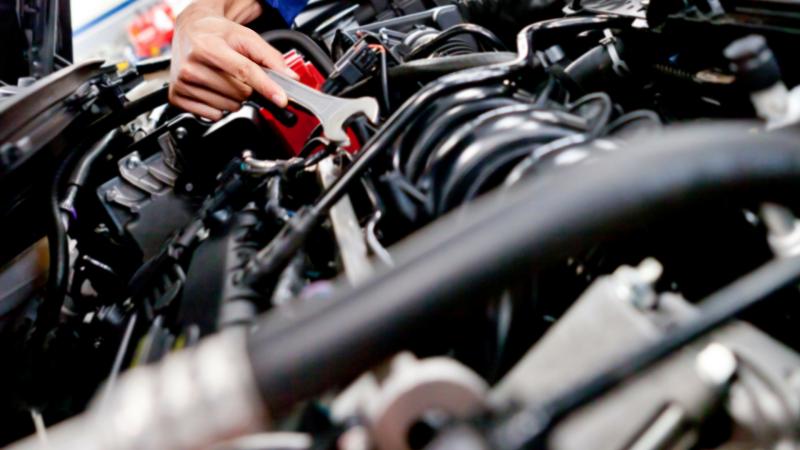
Researchers from Indian Institute of Technology Kanpur, Kanpur have come up with a potential roadmap to control diesel engine pollution, by looking at the different techniques available to curb emissions from a diesel engine.
Diesel fuel is generally produced as a byproduct of crude oil. Other means of extraction are also available, providing biodiesel. Diesel engine, first introduced in the late 1800s, is a type of internal combustion engine that compresses air and the fuel together to power the engine. The combustion of air and diesel produces oxides of nitrogen and soot, which if inhaled could cause damage to internal organs, leading to cancer.
Technological advancement over the decades of its existence has also meant engines which are much more efficient at burning their fuel and lower emission of pollutants. However, small amounts of pollutants are still emitted, even today.
Researchers from IITK have looked at the various options available to control emissions, and categorized them under two baskets-- active control techniques and passive control techniques.
Active control techniques refers to methods which reduce the pollutants within the combustion chamber itself. These include include advancement in the combustion chamber design, use of smarter electronic fuel injection system, exhaust gas recirculation, high-pressure multi-fuel injection with precise injection timing, homogeneous charge compression ignition, etc. all of which restrict the formation of pollutants.
However, not all the pollutants are restricted from forming by just active control. To meet modern emission regulations, active control are teamed with passive control techniques. Passive control technique refers to after-treatment of the emissions to further reduce pollutants. These include after-treatment devices like diesel oxidation control, diesel particulate trap, NO x absorber, selective catalytic reduction.
An efficient combination of both these control techniques leads to lower pollutant emissions. The present research provides a guidebook to all the methods, both active and passive, that are currently available to control emissions and could lead to diesel engines with ever lower emission rates.

























